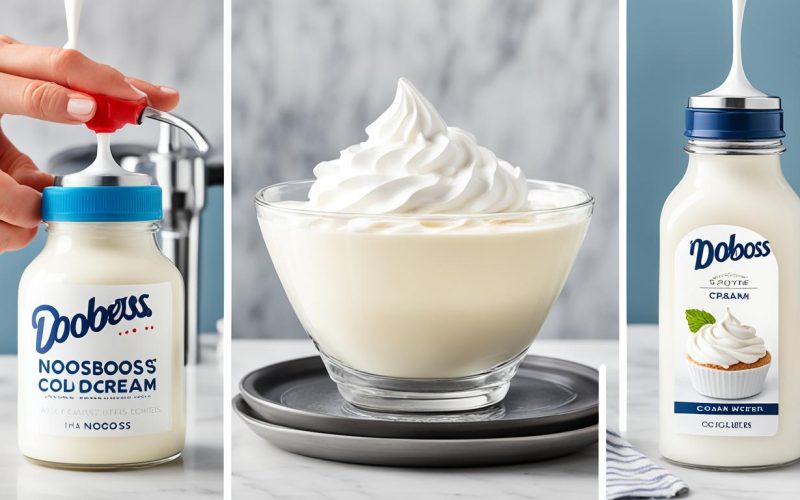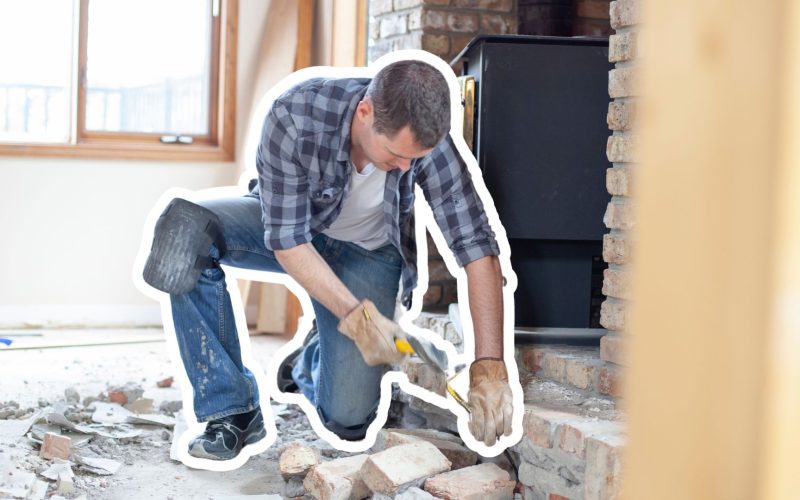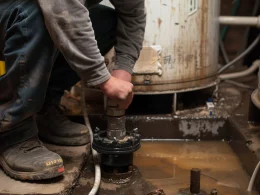Finding unique, affordable items can be challenging, especially when on a tight budget.
Many people struggle with knowing where to start when thrifting, often feeling overwhelmed by the process.
But don’t worry – with the right approach, anyone can become a skilled thrift shopper.
This guide will show you how to make the most of your thrifting adventures, helping you save money while discovering hidden gems.
We’ll explore ten tips to transform you from a novice into a confident thrift store pro.
In this article, you’ll learn how to plan your thrifting trips, develop a keen eye for quality items, and navigate the sometimes chaotic world of secondhand shopping.
Get ready to uncover the secrets of successful thrifting!
Understanding Thrifting

Thrifting is a fun way to shop, unlike going to regular stores.
It’s all about buying things that someone else once owned.
You can find all sorts of items at thrift stores, from clothes and bags to furniture and home decorations.
When we talk about thrifting, we mean shopping at places that sell used items.
These places include thrift stores, garage sales, flea markets, and consignment shops.
It’s like treasure hunting, but instead of gold, you’re looking for cool stuff that other people don’t want anymore.
1. Cost-Effective
One of the best things about thrifting is how cheap it can be.
You can often find items that cost much less than in a normal store.
Sometimes, you might even find expensive brands at really low prices.
Searching for these great deals is exciting – you’re on a bargain-hunting adventure!
2. Environmentally Friendly
Thrifting is good for our planet, too.
When you buy used items, you’re helping to keep them out of the trash.
This means less waste in landfills.
Also, fewer new things need to be made when people buy used things.
This helps save resources and cuts down on the pollution that comes from making and shipping new products.
3. Supports Local Businesses
Many thrift stores are run by groups that help people in your community.
When you shop there, you’re helping these groups do good things.
Some thrift stores are small, local businesses.
Shopping at these places keeps money in your town or city, which is good for everyone.
Plus, you might meet nice people and learn more about what’s happening in your area when you shop at local thrift stores.
Guide to Scoring Great Finds from Thrifting
1. Start with a Plan
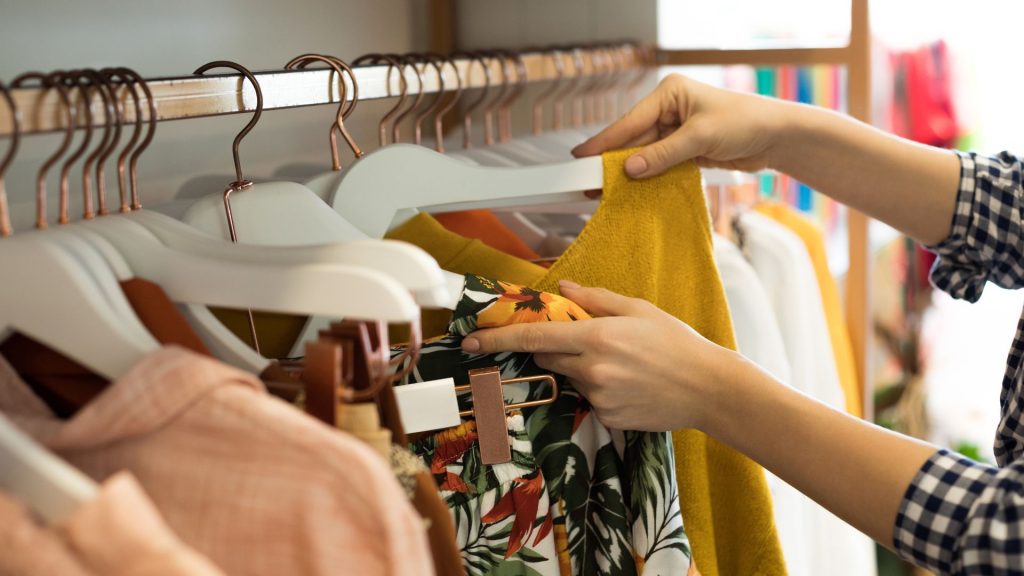
Creating a plan before you go thrifting is key to maximizing your trip and keeping your spending in check.
Identify What You’re Looking For
Before you head out, take some time to think about what you need or want.
Make a list and put the most important items at the top.
This helps you focus on what matters most.
When you’re in the store, use your list to guide you.
If you’re looking for clothes, head to that section first.
If you need home stuff, start there.
This way, you won’t get sidetracked by all the other cool things you see.
Set a Budget
Decide how much you can spend before you go.
It’s easy to get carried away when you see lots of good deals, so having a set amount in mind helps.
A good trick is to bring only cash – leaving your cards at home.
This way, you can’t spend more than you planned. When the cash is gone, you’re done shopping!
Stay Organized During Your Visit
Bring your list and keep track of what you’re spending.
You can use a small notebook or phone to calculate prices as you shop.
Try to stick to your list, but if you see something amazing that’s not on it, that’s okay, too.
Just make sure it fits in your budget and that you want it.
You’ll have a much better thrifting experience by starting with a plan.
You’ll find what you need, stay within your budget, and avoid buying stuff you don’t want. Happy thrifting!
2. Choose the Right Thrift Store

Picking the right thrift store can make a big difference in your thrifting success.
Here’s how to find the best spots for your bargain hunting
Research Stores in Your Area
Start by finding all the thrift stores near you.
Use your phone or computer to search for thrift shops in your town or city.
Don’t just look for the big, well-known stores – small, independent shops can have hidden treasures too.
Once you have a list, check out what other people are saying about these stores.
Look at reviews online.
People often share helpful info about what kind of stuff a store has, if the prices are good, and if the staff is friendly.
Follow Stores on Social Media
Many thrift stores post updates about new items they get in or when they’re having sales.
Follow your local thrift stores on Facebook or Instagram to stay in the loop.
This way, you might find out about great deals before everyone else does.
You can also join online groups where people talk about thrifting in your area.
These groups can give you tips on which stores have the best stuff right now.
Visit Different Types of Stores
Some thrift stores focus on certain things.
One might be great for clothes, while another might have lots of furniture.
Figure out which stores are good for the stuff you want.
Don’t forget about stores run by groups that help people, like Goodwill.
These stores often have unique items, and your shopping helps support good causes in your community.
Remember, the best thrift store for you depends on what you’re looking for.
Try out different stores to see which ones you like best.
Some might be neat and organized, while others might be more chaotic but have better deals.
3. Best Time for Thrifting
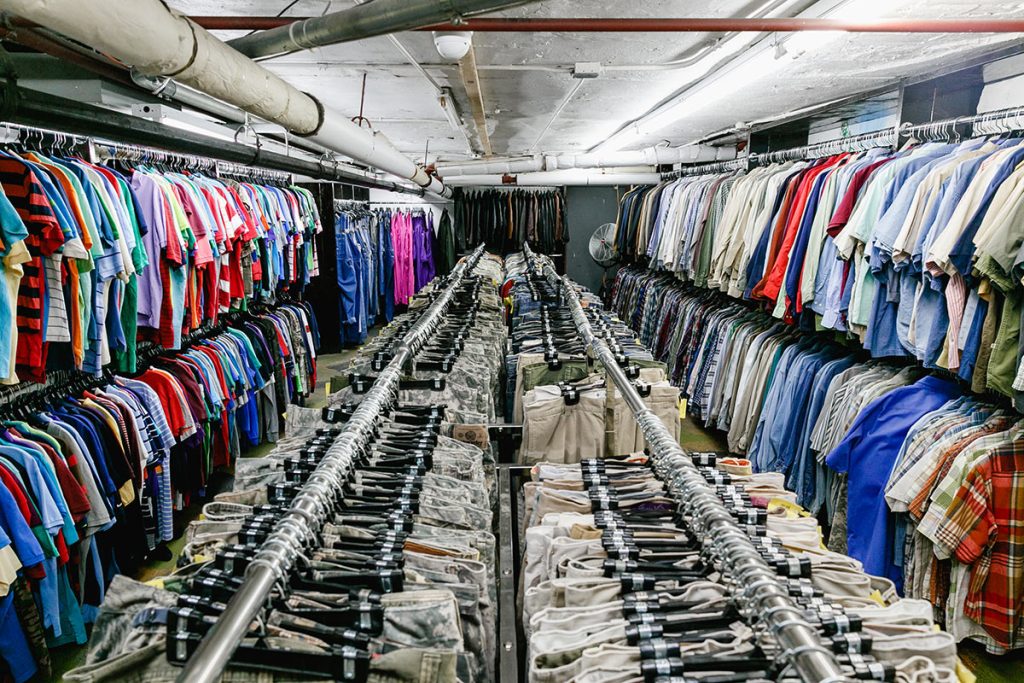
Knowing when to go thrifting can make a big difference in what you find and how much you enjoy the experience.
Let’s talk about the best times to hit the thrift stores:
Weekdays
Early mornings on weekdays are often great for thrifting.
The stores are usually less busy, so you can browse without feeling rushed.
Plus, many stores put out new stuff either the night before or early in the morning.
This means you might be the first to spot some cool items!
If you can’t make it in the morning, try late afternoon.
Sometimes, staff restock the shelves later to prepare for the next day.
It’s also less crowded than during lunchtime so that you can shop more comfortably.
Optimal Times of the Year
Right after New Year’s is a goldmine for thrifters.
Many people clean out their homes as part of their New Year’s resolutions, which means lots of new donations to thrift stores.
You might find some great stuff during this time!
Spring is another good time.
People often do their “spring cleaning” and donate things they don’t need anymore.
This can lead to a wider variety of items in the stores.
When it’s back-to-school time, families often donate old stuff to make room for new school things.
This is a great time to look for kids’ clothes, office supplies, and even home decor.
Sale Days and Special Promotions
Many thrift stores have special sale days during the week.
For example, some might have “Half-Price Wednesdays” or give discounts to seniors on certain days.
Keep an eye out for these deals.
Holiday times can also bring special sales.
Stores often have big promotions around major holidays, so you might find even better prices than usual.
4. Take Your Time

When you’re thrifting, it’s important not to rush.
Taking your time can help you find the best deals and hidden treasures.
Double Loop Method
One great trick is to walk through the store twice.
We call this the “double loop” method.
On your first walk-through, you might miss some cool stuff.
But when you go around a second time, you often notice things you didn’t see before.
It’s like giving yourself a second chance to spot something amazing!
Check the Bottom and Back Shelves
Don’t forget to look at the bottom shelves and way in the back.
Sometimes, the best items are hidden out of sight.
Maybe someone pushed something to the back, or a great item fell to the bottom shelf.
By taking the time to look in these spots, you might find something really special that everyone else missed.
Remember, thrifting isn’t a race. It’s okay to take your time and really look at things.
Bring a list of what you need, but be open to finding unexpected treasures too.
Try to visit the thrift store when you have plenty of time so you don’t feel rushed.
5. Inspect Items Thoroughly

When you’re thrifting, it’s super important to check things carefully before you buy them.
This helps you make sure you’re getting a good deal and avoid buying something that might disappoint you later.
Check for Damage or Wear
Look over the whole item for any signs that it’s broken or worn out.
Check for things like cracks, chips, tears, or stains.
Pay extra attention to the corners and edges – that’s where things often get damaged first.
If the item has parts that move, like zippers or buttons, make sure they work properly.
You don’t want to get home and find out you can’t use the thing you just bought!
Use Tools like Google Lens for Research
Your phone can be a big help when you’re thrifting.
If you see something interesting but you’re not sure what it is, try using Google Lens or a similar app.
ust take a picture of the item, especially any labels or brand names, and the app can tell you more about it.
This can help you figure out if something is worth buying, or if it might be valuable.
You can also look up similar items online to see how much they usually cost.
Don’t Forget to Smell
This might sound funny, but it’s important to smell the item too.
Some smells, like mildew or smoke, can be really hard to get rid of.
You don’t want to bring home something that’s going to make your whole house smell bad!
Consider whether you can easily clean or fix up the item.
If it needs a lot of work or expensive repairs, it might not be worth buying unless you really know how to fix it.
Check the Price
Make sure the price is fair.
Compare it to similar things you’ve seen online or in other thrift stores.
Be careful of things that seem way more expensive than they should be, unless they’re really rare or special.
6. Upcycling Thrift Finds

Upcycling is a fun way to turn your thrift store finds into something special.
It’s all about seeing the potential in an item and making it even better.
Let’s talk about how you can do this
Assess Potential
When you’re at the thrift store, try to look beyond what an item is right now.
Think about what it could become with a little work.
Maybe that old wooden chair could look amazing with a new coat of paint, or that plain lamp could be stunning with a new shade.
DIY Techniques
There are lots of ways to upcycle things
Painting is one of the easiest.
A fresh coat of paint can make old furniture look brand new.
If you’re feeling a bit more ambitious, you could try reupholstering.
This means putting new fabric on furniture. It can completely change how a chair or sofa looks.
Sometimes, you can use things in new ways.
For example, an old ladder could become a cool bookshelf, or a vintage suitcase might make a unique side table.
Budget-Friendly Tools
You don’t need expensive tools to start upcycling.
Some paintbrushes, sandpaper, and maybe a sewing kit can go a long way.
Buy affordable materials like paint and fabric to keep your costs down.
If you’re not sure where to start, look online for ideas.
Websites like Pinterest have tons of upcycling projects you can try.
You can also watch YouTube videos that show you how to do different projects step-by-step.
Upcycling is a great way to create unique things for your home without spending a lot of money.
It’s also good for the environment because you’re giving old items a new life.
With some creativity and a little effort, you can turn your thrift store finds into one-of-a-kind treasures.
7. Selling Thrift Finds
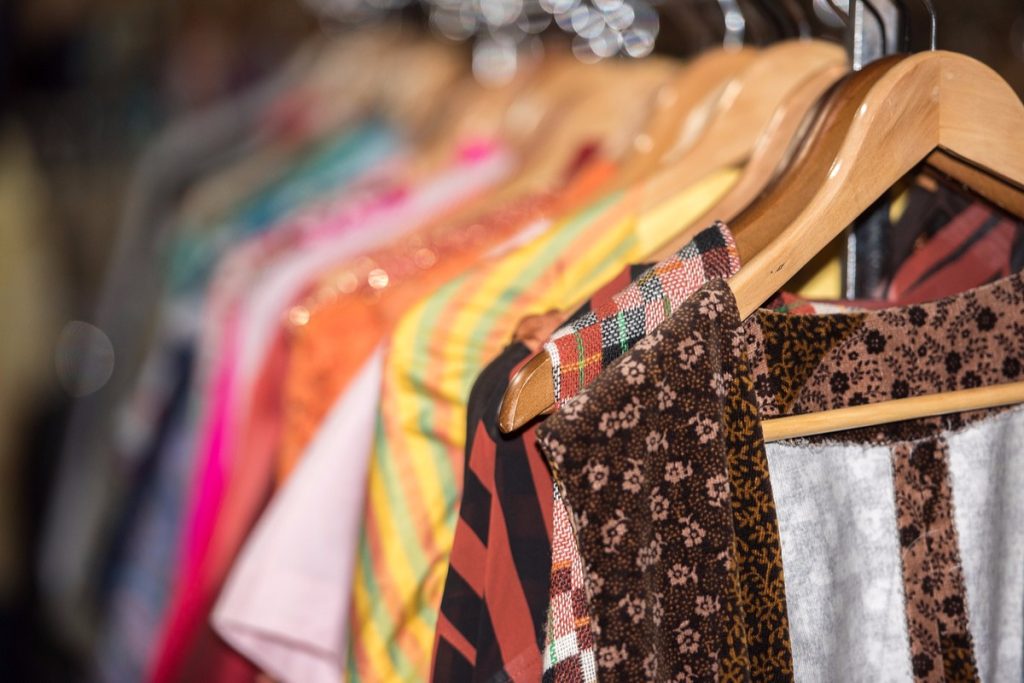
If you’re good at finding great stuff at thrift stores, you might be able to make some extra money by selling these items.
Research the Resale Value of Items
Before you try to sell something, it’s important to know how much it’s worth.
Look on websites like eBay or Facebook Marketplace to see what similar items are selling for.
This will help you price your items fairly.
Remember, things in better condition usually sell for more.
Also, items from well-known brands or rare finds can be worth more money.
Use the Right Platforms
Different items sell better on different websites.
- ebay.com is great for all sorts of things, especially if they’re old or collectible.
- etsy.com works well for handmade or vintage items (things that are at least 20 years old).
- facebook.com Marketplace is good for selling to people in your area.
You could also try consignment shops.
These are stores where you leave your items and they sell them for you, taking a small part of the money when it sells.
Make Your Listings Look Good
Take clear, bright photos of your items.
Write detailed descriptions that include things like size, what it’s made of, and any flaws it might have.
Price your items based on what you learned when you researched their value.
Share your listings on social media to help more people see them.
You could also join online groups about thrifting and reselling to meet people who might want to buy your stuff.
Answer questions from buyers quickly and politely.
Use safe ways to get paid, like PayPal.com.
When you ship items, pack them carefully and let the buyer know when you’ve sent their package.
Learn and Improve
Keep track of what sells well and what doesn’t.
This can help you know what to look for next time you go thrifting.
Ask buyers to leave reviews and use their feedback to get better at selling.
8. Use Cash
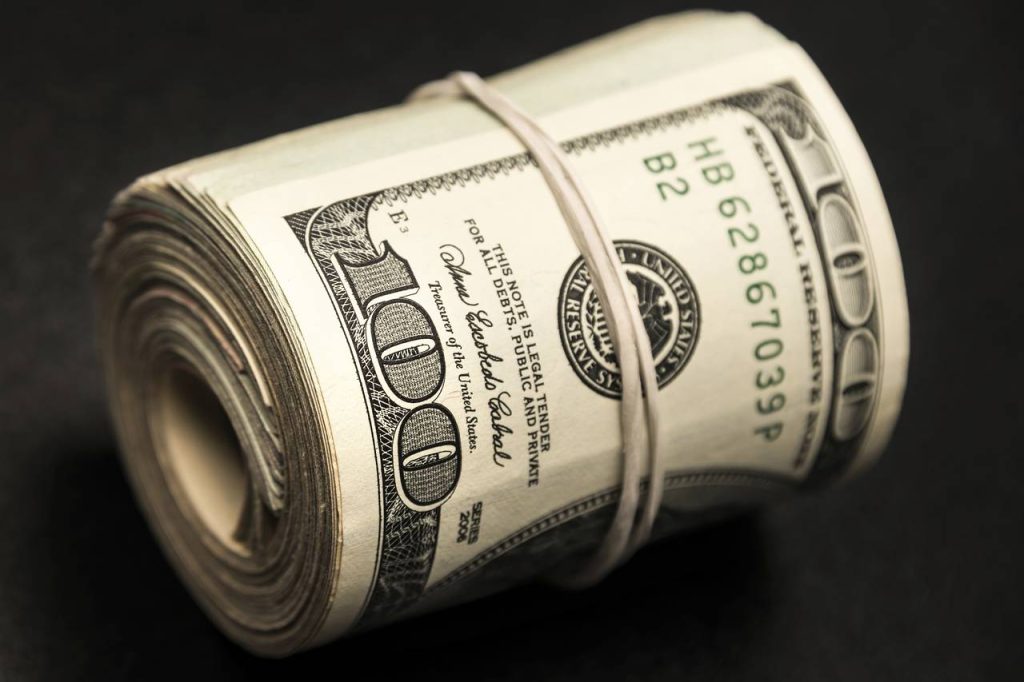
Using cash when you go thrifting is a smart way to shop.
It helps you stick to your budget and avoid spending too much.
Set a Budget
Before you go thrifting, decide how much money you want to spend.
Then, take only that amount of cash with you.
This way, you can’t spend more than you planned.
When you use cash, it’s easy to see how much you’re spending.
As your pile of money gets smaller, you’ll think more carefully about each purchase.
This helps you make smart choices about what to buy.
Avoid Credit Card Debt
Using cash means you won’t accidentally spend more than you have.
You don’t have to worry about credit card bills later.
You’re only spending money you already have.
When you have a limited amount of cash, you have to think hard about what you want to buy.
This helps you choose the things you like best and avoid buying stuff you don’t really need.
Holding real money in your hands can make you more aware of what you’re spending.
It feels more “real” than swiping a card so that you might be more careful with your purchases.
Keep It Simple
Paying with cash is quick and easy.
You don’t have to worry about card machines not working or long lines at the checkout.
Sometimes, sellers might give you a small discount if you pay with cash.
This could help you save even more money!
9. Be Prepared to Leave Empty-Handed
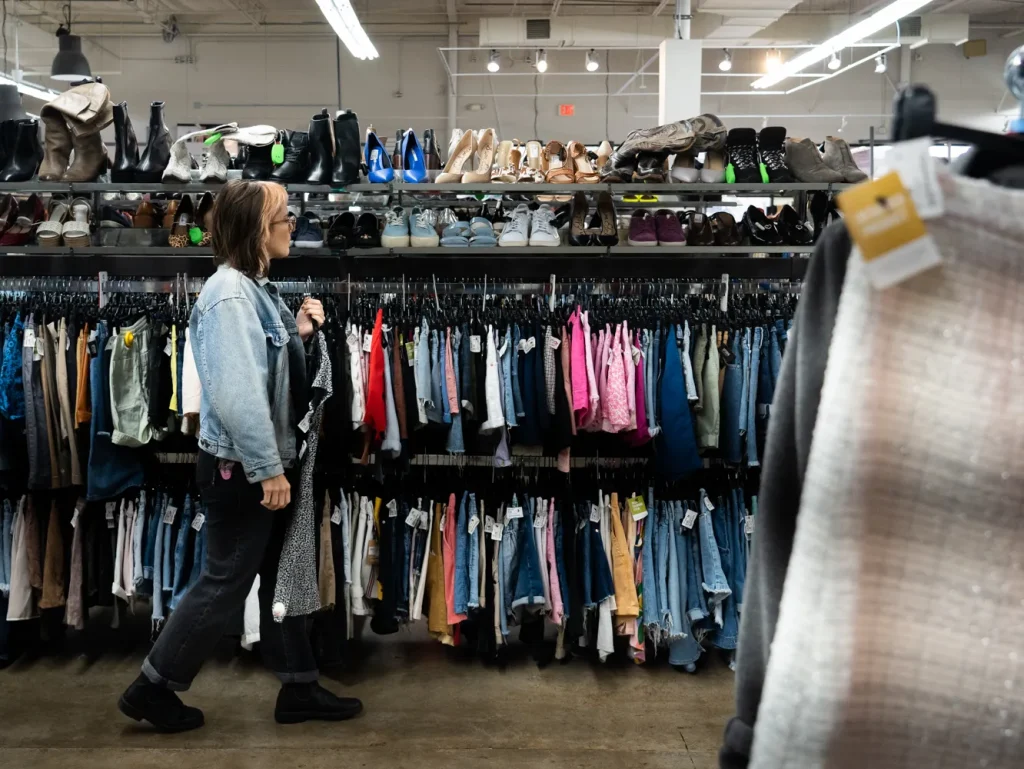
Sometimes, you might not find anything to buy when you go thrifting.
And that’s okay!
Thrifting can be a bit like a treasure hunt.
You never know what you’ll find.
Some days, you might discover lots of great stuff.
On other days, you might not see anything you like or need.
That’s just how it goes.
It’s important to remember that you don’t have to buy something every time you go to a thrift store.
It’s better not to buy things just because they’re cheap.
10. Pay Attention to Quality
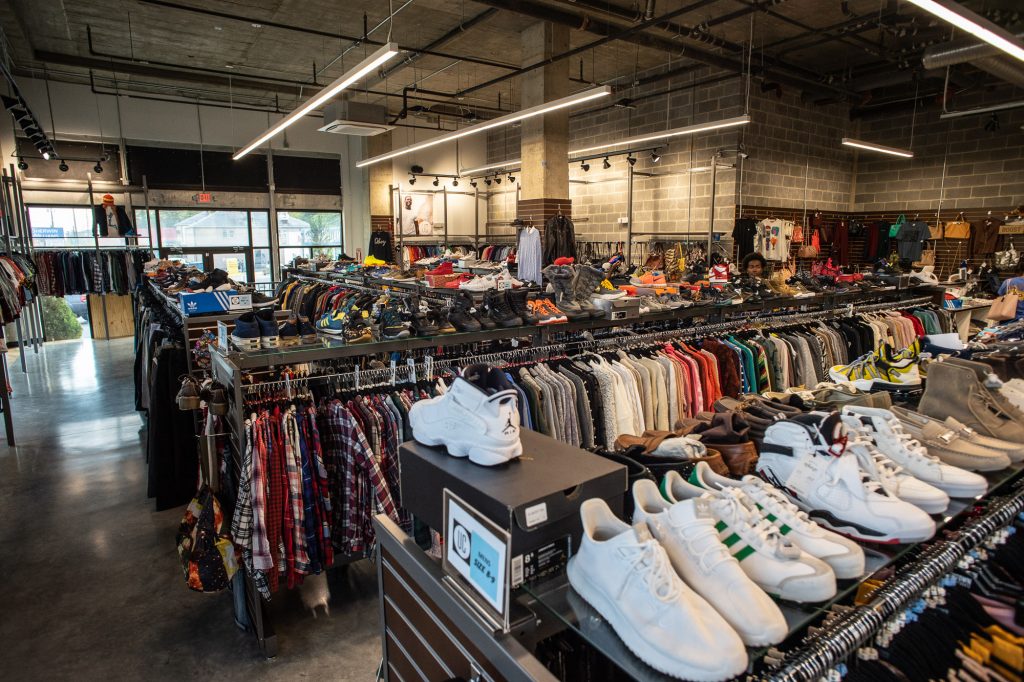
When you’re thrifting, looking for good quality items is super important.
Let’s talk about what quality means when you’re shopping second-hand and why it matters.
In thrifting, quality is all about finding things that are well-made and will last a long time.
Good quality items not only work better but can also save you money in the long run because you won’t need to replace them as often.
1. Check the Weight
Often, heavier items are better quality.
They’re usually made with stronger materials that last longer.
For example, a heavy pot is likely better than a light, flimsy one.
2. Look at How It’s Made
Check things like seams on clothes or joints on furniture.
Are they sturdy?
Are the stitches even and tight on clothes?
For furniture, are the pieces put together well?
3. Feel the Materials
Good quality items often feel nicer to touch.
For clothes, natural fibers like cotton, wool, or silk often last longer than some synthetic materials.
For furniture, solid wood is usually better than particle board.
Here are some practical tips to use while you’re shopping:
- Give items a little tug or twist. If they feel sturdy, that’s a good sign.
- Look for brand names you know are good quality.
- Sometimes, you can find expensive brands for cheap at thrift stores.
- Check for any damage or wear.
- A little wear is okay, but avoid things that are falling apart.
- For electronics, ask if you can plug them in to test if they work.
Remember, buying one good-quality item over several low-quality ones is better.
By paying attention to quality, you’ll end up with thrift store finds you’ll love and use for a long time.
Next time you’re thrifting, take a moment to look at and feel the items you’re considering.
Conclusion
Thrifting is a thrilling journey of discovery, offering unique finds and great deals.
By following our tips, you’ll be well on your way to becoming a savvy thrifter.
Successful thrifting is all about planning, patience, and a keen eye for quality.
Don’t rush – take time to inspect items, consider upcycling possibilities, and don’t feel pressured to buy if nothing catches your eye.
Thrifting isn’t just about saving money; it’s also a sustainable shop method.
By giving pre-loved items a new home, you’re reducing waste and supporting a more eco-friendly lifestyle.
Now it’s your turn to put these tips into action.
Plan your next thrift store visit and enjoy the excitement of the hunt.
You’ll soon uncover amazing treasures at bargain prices with practice and persistence.
Happy thrifting!
Frequently Asked Questions
How Often Should I Visit Thrift Stores To Find The Best Deals?
Visit thrift stores once a week or every other week. Many stores restock regularly, so frequent visits increase your chances of finding good deals. Some stores have specific restocking days, so ask about these.
What Are Some Signs Of High-Quality Items When Thrifting?
Look for heavy, well-constructed, and durable items. Check for tight stitching, solid joints, and smooth finishes. Brand names can often indicate quality. Avoid items with obvious wear, damage, or missing parts.
Is It Worth Buying Electronic Items From Thrift Stores?
It can be, but be cautious. Always test electronics in the store if possible. Look for recent models and check for all parts and cords. Research the item’s value online before buying. Be prepared for potential repairs.
How Can I Clean And Sanitize Thrifted Clothing Before Wearing It?
Wash clothes in hot water with detergent. Add vinegar to the rinse cycle for extra cleaning. For delicates, use a garment steamer or iron on high heat. Dry clean items that can’t be washed at home.
What Should I Do If I Find A Valuable Or Rare Item At A Thrift Store?
First, discreetly research the item’s value online. If it’s significantly underpriced, consider buying it. You can resell it for profit or keep it as a collectible. Always be honest if asked about your knowledge of the item.






